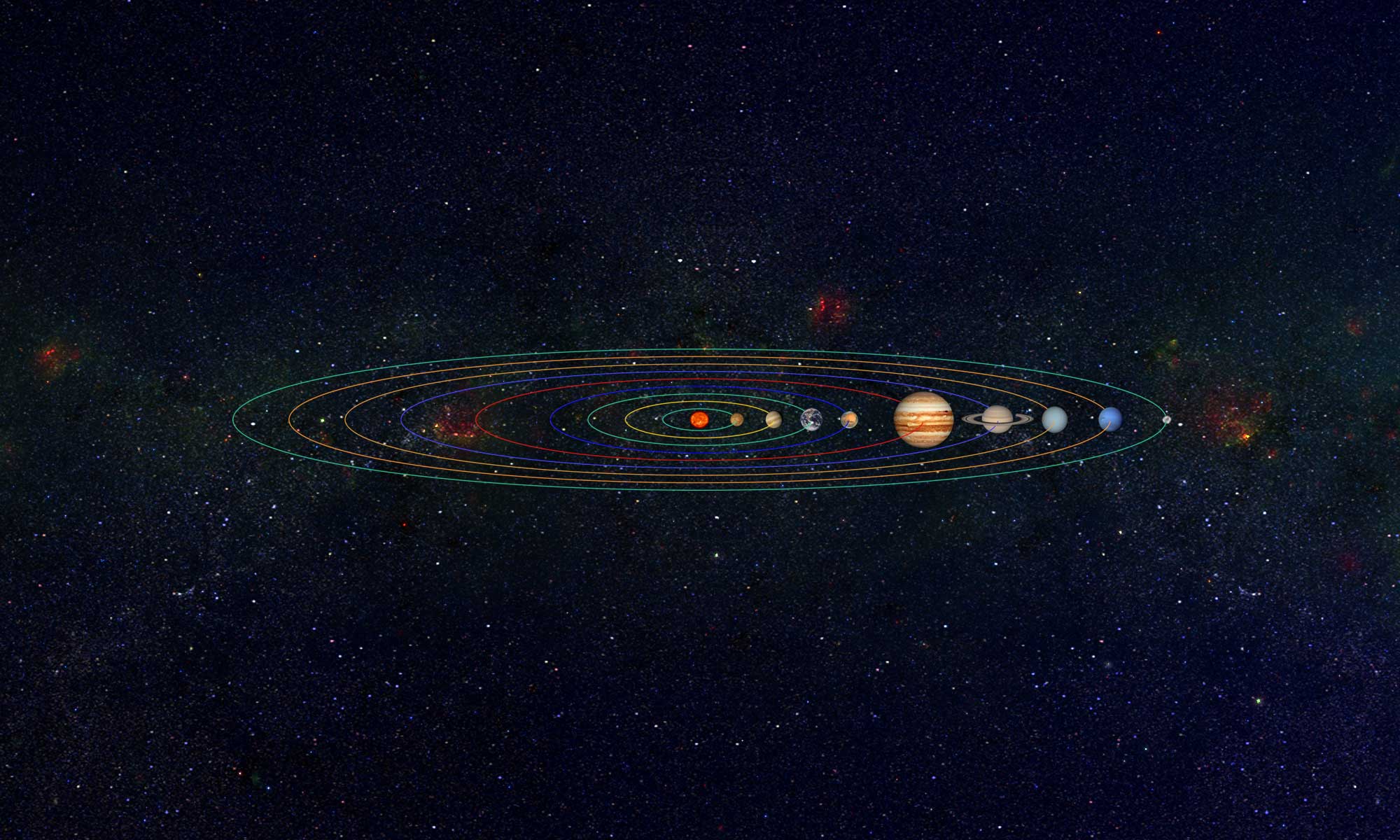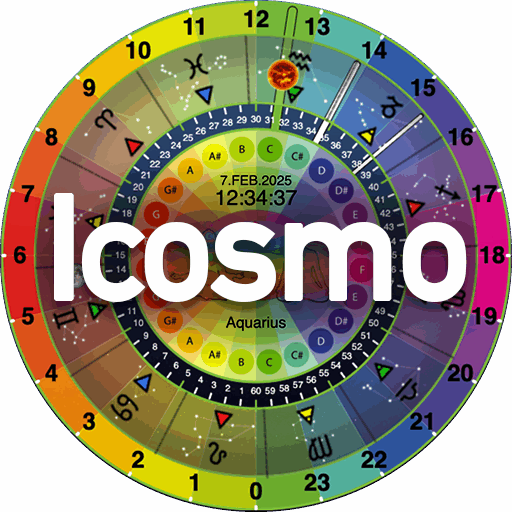Kosma Solarius created a beautiful Icosmo Clock animation video with 3D solar system and background music, cosmic tuned to the Earth Year (OM frequency) at 136.1Hz (chromatic key = C#) and master tuning at 432.1 Hz.
Watch it at full screen and meditate a full hour to the Om Frequency track, while watching the clock at the corresponding hour (at 22:00 o’clock).

